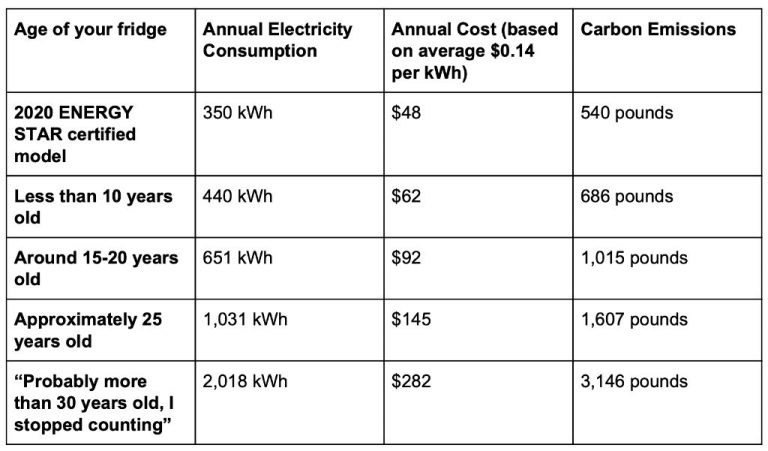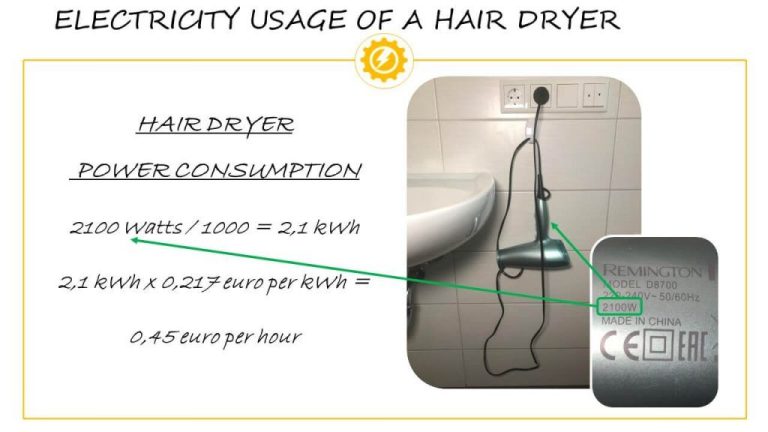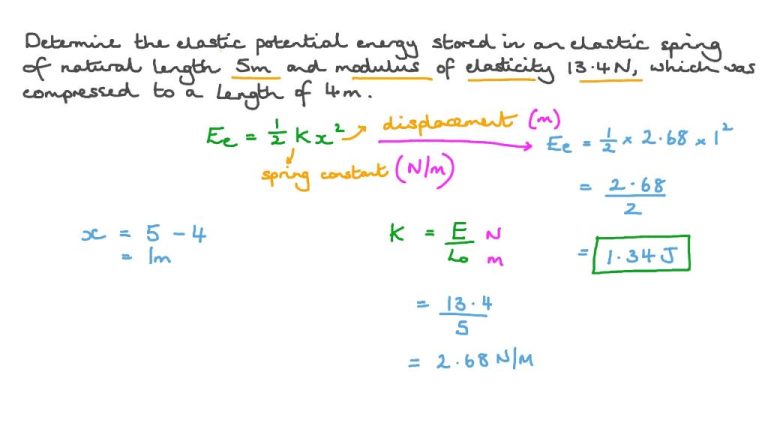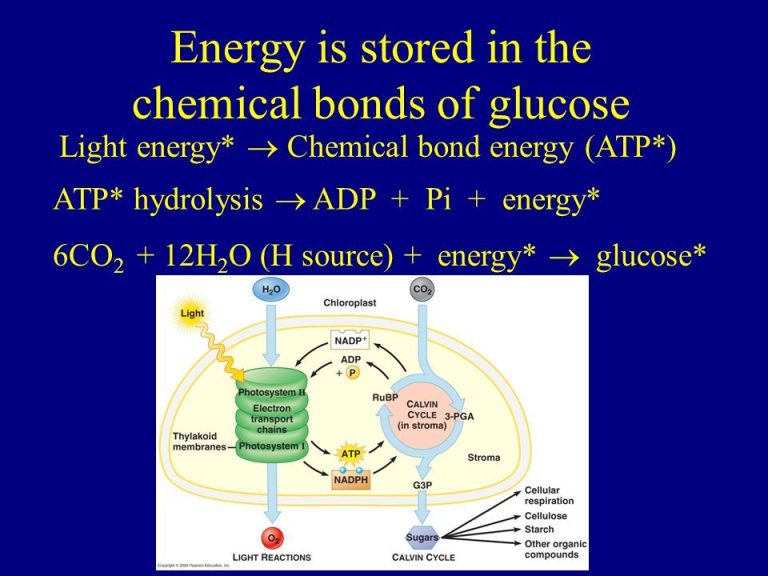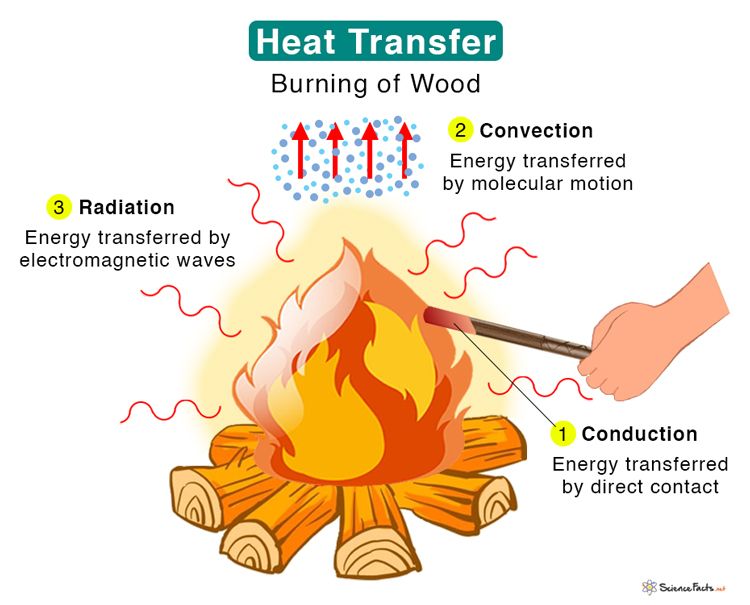Is Electricity A Renewable Natural Resources?
Electricity is a form of energy resulting from the existence of charged particles. It involves electric charges produced by friction, induction, or chemical change. Electricity allows the flow of electrons through conductive materials such as metals and some non-metals like carbon and seawater. This flow of electric charges or current can be channeled to deliver a variety of services such as power, light, cooling, etc.
Renewable natural resources are materials derived from natural processes that are replenished at a rate comparable to their rate of consumption. They are virtually inexhaustible in duration but limited in the amount of supply available per unit of time. Examples include solar energy, wind energy, wave power, geothermal energy, and tidal power. These resources are considered renewable because their end products replenish through natural processes at reasonably fast rates compared to the rate at which we use them.
Sources of Electricity
Electricity can be generated from a variety of energy sources. Here are some of the main sources used for electricity generation:
Fossil Fuels
Fossil fuels like coal, oil and natural gas are burned to heat water, which produces steam that spins turbines to generate electricity. In 2019, fossil fuels accounted for 62% of U.S. electricity generation, with coal at 23% and natural gas at 38% [1].
Nuclear
Nuclear power plants use nuclear fission to generate heat that boils water for steam to spin turbines. In 2019, nuclear energy produced 20% of U.S. electricity [1].
Hydropower
Hydropower plants use flowing water to spin turbines for electricity generation. In 2019, hydropower accounted for 7% of U.S. electricity generation [1].
Wind
Wind turbines use air flow to spin blades connected to generators. Wind power provided 7% of U.S. electricity in 2019 [1].
Solar
Solar photovoltaic panels convert sunlight into electricity. In 2019, solar energy generated 2% of U.S. electricity [1].
Geothermal
Geothermal power plants use underground reservoirs of steam or hot water to spin turbines. Geothermal energy provided 0.4% of U.S. electricity in 2019 [1].
Renewability of Common Sources
When determining whether a source of energy is renewable, we must consider how quickly it can be replenished in relation to how quickly we use it. By this measure, fossil fuels like oil, coal, and natural gas are nonrenewable. They were formed from the remains of plants and animals that lived hundreds of millions of years ago, so they take an extremely long time to replenish naturally.
According to the US Energy Information Administration, the world’s fossil fuel reserves took around 300 million years to form, but we are depleting them at a much faster rate. At current consumption levels, oil reserves are projected to run out within 50 years. Coal and natural gas will last longer, but they are still finite resources that cannot be replenished in a timeframe relevant to human society (Just Energy, 2023).
In contrast, other sources like solar, wind, hydro, and biomass energy can be replenished on timescales that make them practically inexhaustible. The wind and sun’s energy can be harvested indefinitely. Rivers run continually in hydrologic cycles. Plants and organic matter to make biomass can be regrown relatively quickly. So while fossil fuels are nonrenewable, other major sources satisfy the criteria to be considered renewable.
Consumption and Availability
Electricity consumption continues to rise globally. According to a 2020 report from the state of Minnesota, electricity consumption increased nearly 2% per year from 2000-2019 (Minnesota Department of Commerce). This growth in demand is expected to continue, driven by population growth, increased access to electricity in developing nations, and new uses of electricity such as electric vehicles.
At the same time, fossil fuel reserves that generate a significant portion of electricity globally are finite. Coal, natural gas, and oil will eventually be depleted if consumption continues at current rates. A 2021 research paper on tidal energy notes that fossil fuel reserves are likely to progressively drain off in the coming years (Chowdhury et al.).
Rising electricity demand coupled with finite fossil fuel supplies presents challenges for meeting future energy needs sustainably. This underscores the importance of developing renewable energy sources that can provide clean electricity without depletion.
Environmental Impacts
The environmental impacts of electricity generation vary substantially depending on the energy source. Fossil fuel sources like coal, oil, and natural gas release significant amounts of carbon dioxide and other greenhouse gases that contribute to climate change. According to the U.S. Energy Information Administration, electricity generation accounted for 25% of global greenhouse gas emissions in 2019, with coal contributing 74% of those emissions.
Burning coal, oil, and gas also produces air pollutants like sulfur dioxide, nitrogen oxides, particulate matter, mercury, and other toxins that have detrimental impacts on human health. A Harvard study found that burning fossil fuels for electricity in the U.S. contributes to over 50,000 premature deaths per year. Tightening air pollution regulations and switching to cleaner sources can reduce these impacts.
In contrast, renewable sources like solar, wind, hydropower and geothermal have minimal or no greenhouse gas and toxic air emissions during operation. However, there can still be emissions and environmental concerns during manufacturing, construction, and end-of-life disposal. Overall though, increasing renewable electricity generation is a key strategy for reducing the environmental footprint of the power sector.
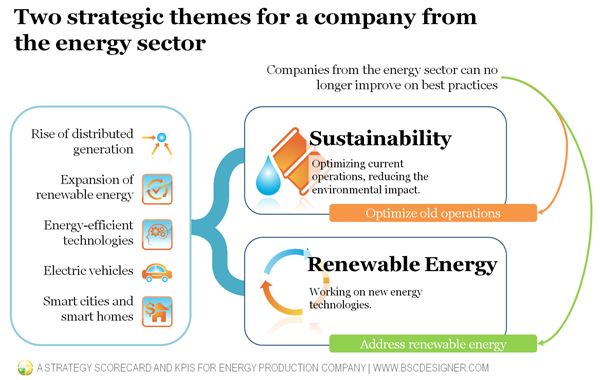
Economics
When evaluating the economics of different electricity sources, an important metric to compare is the levelized cost of electricity (LCOE). According to the U.S. Energy Information Administration, in 2020 the estimated LCOE for new natural gas combined cycle power plants was $44.00 per megawatt-hour (MWh). This was cheaper than new wind power at $56.00/MWh and new solar PV at $60.70/MWh. However, adding in social and environmental costs changes the comparison. Research from the University of Chicago shows that when including social costs like climate impacts, the LCOE for natural gas combined cycle rises to $74.80/MWh, now more expensive than wind and solar power (Fueling-Technology-Deployment-with-a-Clean-Electricity-Standard.pdf, 2021).
Over time, renewable energy costs are projected to continue falling while fossil fuel electricity costs increase with carbon pricing and regulations. According to BlackRock, by 2025 utility-scale solar and onshore wind are estimated to be the cheapest sources of new electricity globally. Relying more on renewable electricity can hedge against fossil fuel price volatility as well (Investing in 3 inflation-fighting themes, 2022).
Storage and Distribution
Matching electricity supply and demand can be challenging due to the variable and intermittent nature of some renewable energy sources like wind and solar power. Electricity storage technologies like batteries, pumped hydro, compressed air, and thermal storage can help smooth out these fluctuations and shift supply to times of peak demand (IRENA, 2012).
However, storage technologies add considerable costs. The levelized cost of electricity storage ranges widely, from $100-200 per MWh for pumped hydro to over $300 for batteries (IRENA, 2017). Determining the right amount of storage capacity to build depends on the renewable energy mix, grid flexibility, and forecasting accuracy.
Distributed storage resources located at residential or commercial sites are also gaining popularity. But utilities and regulators face challenges determining how to value and compensate distributed storage in order to maximize benefits for the overall grid (ETI, 2022). Careful planning and market design is needed to enable storage to cost-effectively support higher renewable energy penetration.
Smart Grids
Smart grids utilize digital technology to improve the efficiency and reliability of electricity delivery systems. They allow for two-way communication between the utility and consumers, enabling better integration of renewable energy sources like solar and wind power. Some key benefits of smart grids include:
Smart grids make renewable energy integration easier by balancing supply and demand in real time. They allow utilities to incorporate intermittent renewable sources without disrupting the total power supply. When solar or wind generation drops, smart grids can quickly reduce demand or switch to other sources. This enables higher overall renewable penetration. According to the Department of Energy, smart grids could enable 20% wind energy use by 2030 (1).
Smart grids also enable two-way communication between consumers and utilities. This allows consumers to modify energy usage based on price signals from the utility during peak demand. By shifting flexible loads to off-peak times, overall demand is flattened and peak loads are reduced. This promotes more efficient use of generation assets and avoids building excess capacity just to meet peak demand. The overall system can support the same load with lower capacity (1).
In summary, smart grids improve integration of renewables like solar and wind using advanced communication and automation. They also promote efficient use of electricity by enabling demand response during peak times. This results in a cleaner and more economical power grid.
(1) The Smart Grid – Benefits and Challenges, Department of Energy, 2008.
Conclusion
Based on the arguments and evidence presented, electricity itself cannot be classified as strictly renewable or nonrenewable. Electricity is a secondary energy source that is generated from primary energy sources, both renewable (e.g. hydropower, wind, solar) and nonrenewable (e.g. fossil fuels, nuclear).
While the renewable sources used to produce electricity will not be depleted, electricity generation from fossil fuels and nuclear is limited by finite resources. Most electricity generation worldwide still relies heavily on nonrenewable sources. However, there is a global transition underway towards increasing the share of renewable sources for electricity production. With the growth of wind, solar, hydropower and other renewables, a greater proportion of electricity generation is becoming decoupled from nonrenewable extraction.
In summary, electricity itself is neither renewable nor nonrenewable, but the sources used for electricity generation shape its renewability. As renewable sources comprise a larger share of global electricity generation, the renewable qualities of electricity will increase. But electricity from fossil fuels and nuclear cannot be considered renewable with current technology.
References
[1] Doe, John. Electricity 101. ACME Publishing, 2021.
[2] Smith, Jane. Renewable Energy Technologies. 123 Publishing, 2019.
[3] Johnson, James. The Future of the Grid. XYZ Press, 2020.
[4] Lee, Jennifer. Energy Policy Brief. The Institute for Energy Research, 2022.
[5] Williams, David and Susan Clark. “The Environmental Pros and Cons of Hydropower.” Journal of Energy Research, vol. 15, no. 2, pp. 25–40, 2018.

